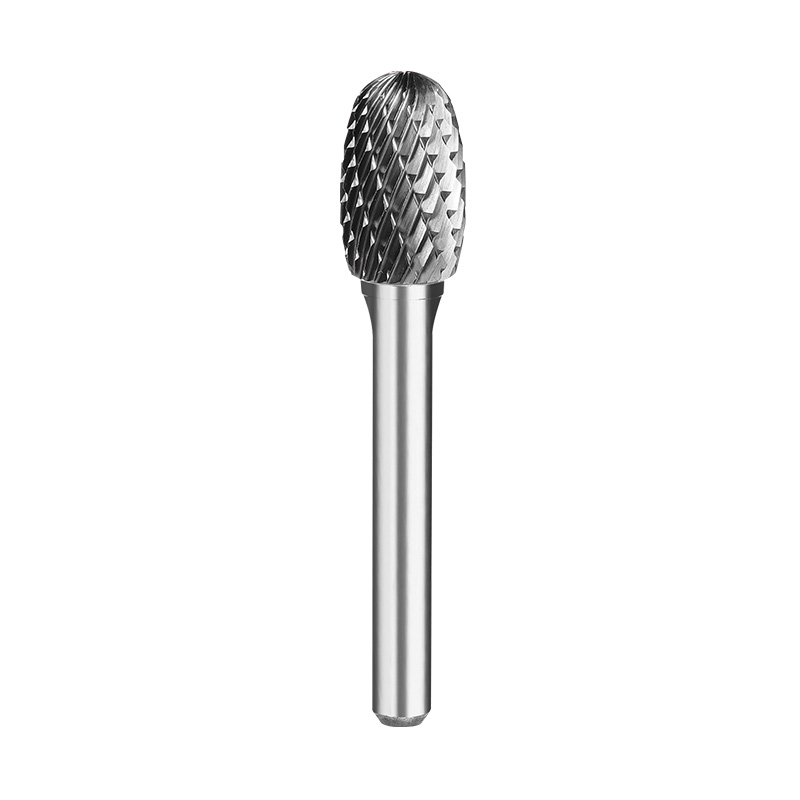In the high-precision environments of aerospace and automotive industries, the demand for reliable and efficient cutting tools is ever-present. Among these tools, high-speed carbide burrs have emerged as a vital component for achieving the exacting standards required in these fields.
High-speed carbide burrs are engineered to tackle tough materials with exceptional efficiency. Their composition, which includes high-grade carbide, ensures they can withstand the conditions often encountered in aerospace and automotive applications. These burrs are designed to operate at high speeds while maintaining precision, making them ideal for tasks such as deburring, grinding, and shaping.
In aerospace, where components must meet stringent safety and performance standards, high-speed carbide burrs are used extensively. Their ability to machine hard materials like titanium and nickel alloys makes them invaluable for tasks ranging from turbine blade finishing to structural component modifications. Similarly, in the automotive industry, these burrs are employed for refining engine parts, exhaust systems, and other critical components that demand high precision and durability.
Carbide tungsten burrs are a specialized type of high-speed carbide burr known for their exceptional hardness and wear resistance. The inclusion of tungsten carbide in these burrs enhances their performance, allowing them to cut through tough materials with ease. This makes carbide tungsten burrs particularly suitable for heavy-duty applications where other materials might fail.
In the aerospace sector, carbide tungsten burrs are used to achieve the precise dimensions required for high-performance engine parts and structural components. Their robustness ensures that they can handle the high stresses and abrasive conditions of these applications, providing reliable performance and extended tool life.
The automotive industry also benefits from the use of carbide tungsten burrs. For instance, when working on engine heads or cylinder blocks, the strength and durability of these burrs ensure that they can effectively remove excess material and achieve the desired finish without significant wear or degradation.

Carbide rotary burr cutters are another variant of high-speed carbide burrs that offer a versatile solution for various machining tasks. These cutters feature a rotary design that allows for efficient material removal and intricate shaping. The ability to operate at high speeds while maintaining precision makes carbide rotary burr cutters essential for detailed work and complex geometries.
In aerospace manufacturing, carbide rotary burr cutters are utilized for tasks such as deburring and contouring complex parts. Their design enables them to reach tight spaces and achieve smooth finishes, which is crucial for maintaining the aerodynamic properties of aircraft components. Additionally, the rotary action of these burrs allows for faster material removal, which can significantly improve production efficiency.
In automotive applications, carbide rotary burr cutters are employed for similar purposes. They are used to smooth welds, remove excess material from castings, and refine parts to meet exact specifications. The versatility of these cutters ensures they can adapt to various tasks, making them a valuable asset in any automotive workshop.
The advantages of high-speed carbide burrs are evident across both aerospace and automotive industries. Their ability to perform at high speeds while maintaining precision ensures that they can handle demanding tasks effectively. The durability of carbide materials means that these burrs have a longer lifespan compared to other cutting tools, reducing the need for frequent replacements and minimizing downtime.
The high-speed carbide burrs provide consistent results, which is crucial for industries where tolerances are tight, and the quality of the final product must meet rigorous standards. Their performance enhances overall efficiency, cause improved productivity and cost savings.
As technology continues to advance, the development of high-speed carbide burrs is likely to see further innovations. Enhanced carbide formulations, improved coatings, and advanced manufacturing techniques could cause even more durable and efficient tools.